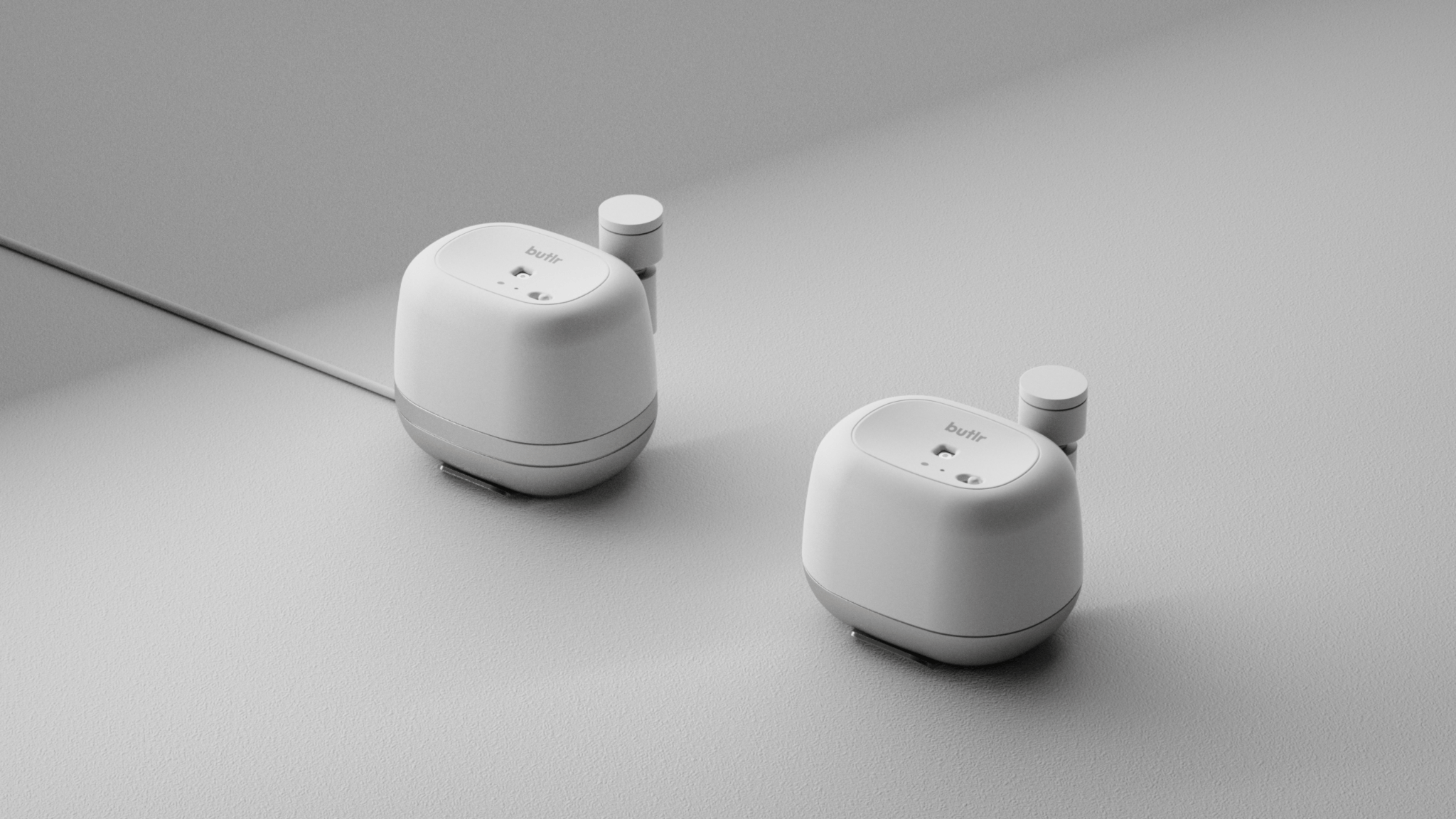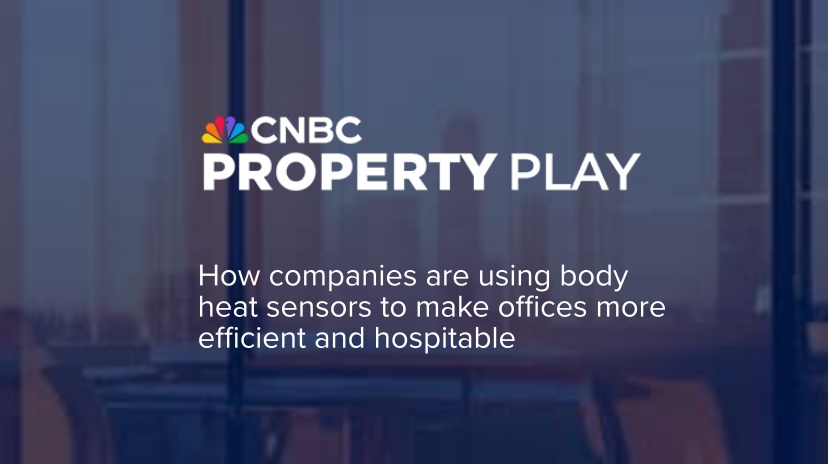Office Desk Occupancy Sensor Solutions | Optimize Workspace in 2025
In today’s hybrid work era, understanding how each workstation is actually used is critical. An office desk occupancy sensor delivers real-time insights into desk usage, empowering facilities teams to make data-driven decisions about seating layouts, cleaning schedules, and resource allocation. By replacing guesswork with precise occupancy data, organizations can both reduce costs and enhance the employee experience.
Understanding Office Desk Occupancy Sensor Technology
An office desk occupancy sensor is a small, discreet device—often using infrared motion, ultrasonic waves, or pressure mats—mounted under or above a desk. It detects presence and transmits that information wirelessly to a central dashboard. Unlike badge-swipe or calendar-based systems, these sensors capture true, moment-to-moment usage, eliminating no-show bookings and revealing which desks lie fallow.
Key Benefits of Deploying Desk Occupancy Sensors
Implementing an office desk occupancy sensor network delivers:
- Accurate Utilization Data: Know exactly which desks are occupied vs. empty.
- Optimized Cleaning Schedules: Trigger janitorial services based on actual use, improving hygiene and cutting labor costs.
- Enhanced Hot-Desking & Hoteling: Automatically free booked but unused desks and guide employees to available workstations.
- Employee Satisfaction: Reduce the frustration of hunting for an open desk and support flexible workstyles.
Best Practices for Sensor Selection and Placement
Choose the right sensor and deploy it effectively by following these pointers:
- Match Technology to Needs:
- PIR or Ultrasonic for cost-effective coverage in open areas
- Pressure mats for pinpoint accuracy at individual desks
- PIR or Ultrasonic for cost-effective coverage in open areas
- Plan for Maintenance: Look for multi-year battery life or PoE options to minimize sensor downtime.
- Privacy First: Select non-camera sensors and communicate transparently with staff about what data is collected and why.
- Integrations Matter: Ensure compatibility with existing workplace utilization software, room-booking tools, and building-management systems.
Implementing and Scaling Your Sensor Program
Start small, prove value, then expand:
- Pilot in One Zone: Validate sensor accuracy, fine-tune placement, and gather employee feedback.
- Create a Digital Twin: Map desks, rooms, and amenities so your analytics platform can overlay live usage data.
- Train Teams: Show facilities and IT how to read dashboards, set alerts (e.g., no-show desk notifications), and extract utilization reports.
- Iterate Regularly: Review analytics quarterly—what worked initially may need tweaking as hybrid patterns evolve.
Future Trends in Desk-Level Sensing
- AI-Enhanced Forecasting: Predict peak desk demand around all-hands meetings or project sprints.
- Mobile Integration: Let employees find and reserve free desks via smartphone apps with live sensor data.
- Adaptive Environments: Link sensors to lighting and HVAC so spaces automatically adjust for occupied zones, saving energy and increasing comfort.
FAQs
How do office desk occupancy sensors differ from badge-swipe systems?
Sensors detect actual presence—motion or pressure—rather than relying on a badge check-in, capturing real-time usage and eliminating ghost bookings.
Can occupancy sensors respect employee privacy?
Yes. By choosing non-camera technologies (infrared or pressure-based) and anonymizing data, sensors avoid capturing personal information while still reporting desk usage.
What maintenance is required for desk occupancy sensors?
Modern sensors boast multi-year battery life; some models offer Power over Ethernet (PoE). Regular quarterly checks ensure batteries and connectivity remain healthy.
How quickly can I see ROI from sensor deployment?
Many organizations report a 15–25% improvement in desk utilization—and corresponding real-estate savings—within the first three to six months after a successful pilot.
What software features are essential for analyzing occupancy data?
Look for dashboards with heatmaps, utilization reports, no-show alerts, and predictive analytics. Calendar integrations and mobile access further streamline daily operations.

Contact
Let’s create your next big project together.
Subscribe to our newsletter
© 2024 ALL RIGHTS RESERVED | info@butlr.io


.svg)
.svg)





.png)

.png)
.webp)

.png)
.jpeg)




























.png)



.png)






















